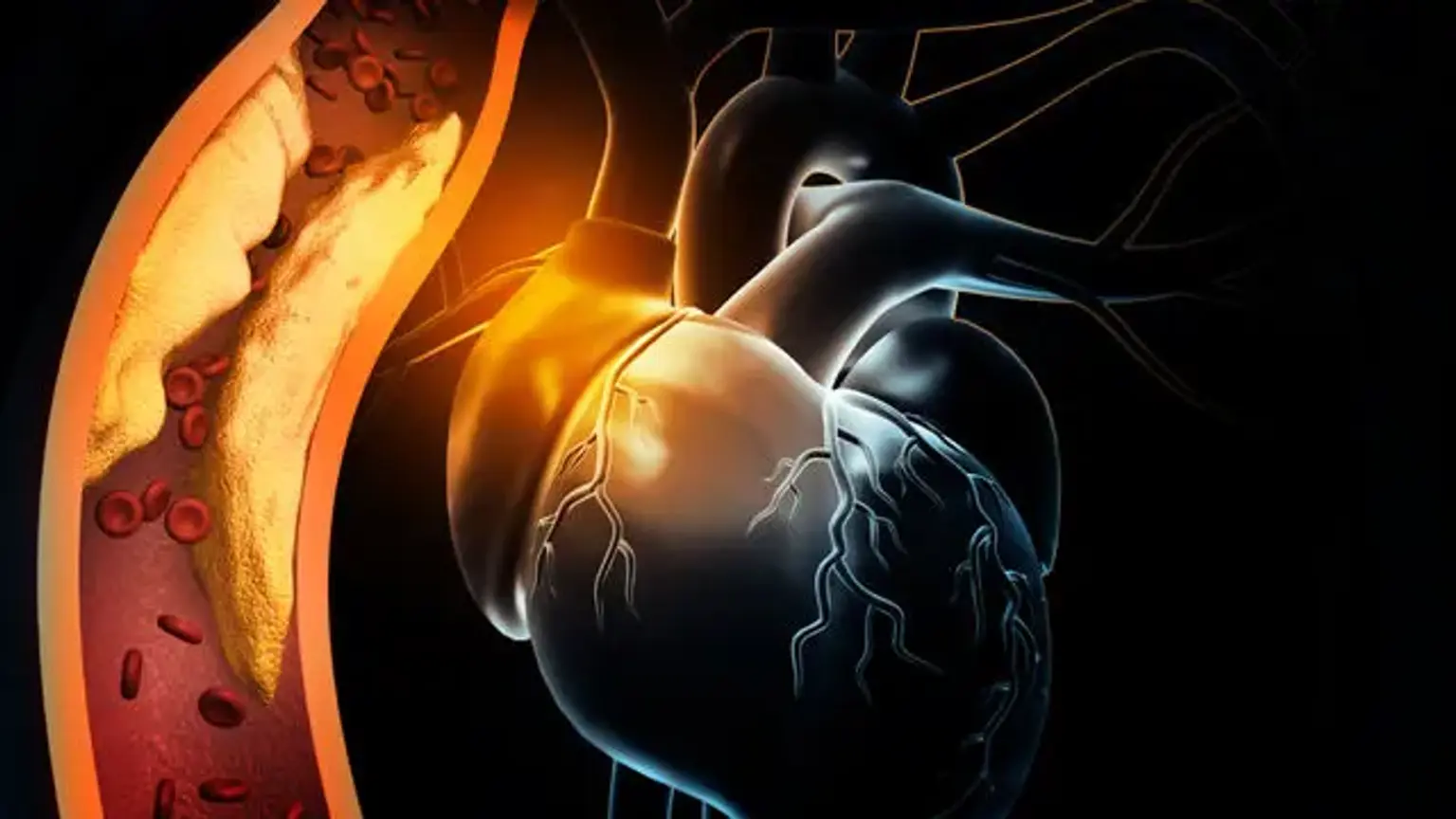Ischemic Heart Disease
Overview
Ischemic heart disease is a dynamic process characterized by atherosclerosis of the coronary arteries or functional changes in coronary circulation that can be addressed via lifestyle changes, pharmaceutical treatments, and revascularization. The illness may be stabilized or regressed as a result of such therapy. The clinical manifestations of ischemic heart disease are now classified as either acute coronary syndrome or chronic coronary syndrome, using new nomenclature.
A decrease in the incidence of obstructive coronary artery disease in a symptomatic population results in a decreased pretest probability and clinical likelihood of disease, which influences the diagnostic work-up. Noninvasive functional or anatomic imaging for myocardial ischemia is indicated as the initial test to detect coronary artery disease in symptomatic individuals when clinical examination alone cannot rule out obstructive disease.
